Insulation Tips
How to Improve Sound Insulation Between Rooms
Is your home noisier than you’d like? Is sound travelling from one room to the other? One effective solution for creating peaceful and private rooms is to use acoustic insulation in the internal walls of your home. For those with multi-storey houses, acoustic insulation installed mid floor can also reduce noise transfer from upstairs, helping preserve a peaceful downstairs environment.
How can I reduce noise in between rooms?
Acoustic insulation batts are a great way to reduce noise transfer between the rooms of a home or office space. Compared to regular thermal insulation, acoustic insulation batts are specially designed to be more dense in order to absorb and reduce the transfer of sound.
The best place to install sound insulation is in the internal walls and between floors of a double-storey home. In the external walls, sound insulation can reduce noises from outside such as traffic or neighbours. Installing sound insulation in the floor can also make a significant effect on noises such as foot steps. For those who live under a flight path, or are bothered by the noise of strong winds, acoustic insulation can also be installed in the roof.
Video – How to Insulate Internal Walls with Acoustic Batts
Types of sound insulation
There are many different types of acoustic insulation batts. The most common are:
- Glasswool Insulation – Also known as fibreglass, this type of insulation is made from recycled glass materials.
- Earthwool Sound Insulation– This is a special type of glasswool insulation, manufactured by Knauf using advanced ECOSE technology. Earthwool Insulation is less itchy than traditional glasswool products, and doesn’t use any harsh chemicals such as phenol or formaldehyde.
- Polyester Insulation – Made from recycled plastic materials, polyester insulation has no itch factor or breathable fibres, making it a great choice for those with asthma or other respiratory issues.
How do you soundproof a finished room?
While the best time to install acoustic insulation is during construction or renovation, not everyone has that luxury. If you need to soundproof a finished room, you may also consider the following techniques:
- Use floor coverings such as carpet with an underlay to help absorb noise.
- Use curtains over windows to help absorb sound.
- Install double glazed windows to block out external noises.
- Install acoustic panels to help absorb sound.
- Seal any gaps around doors to help keep the room quiet.
Video: Acoustic Insulation Between Floors
Thermal benefits of Acoustic Insulation
The great thing about acoustic insulation is that it also offers all the benefits of traditional thermal insulation. Remember that the thermal effectiveness of an insulation product is indicated by its R-Value. Choosing an acoustic insulation product with a higher R-Value will result in more effective resistance to heat flow.
Installing acoustic insulation batts in the internal walls of a home can also help you create climate zones for effective cooling and heating. For example, if you spend a lot of time in one room of the house, it would be more energy efficient just to cool or heat that room. Insulation in the internal walls will prevent the flow of heat into or out of that room.



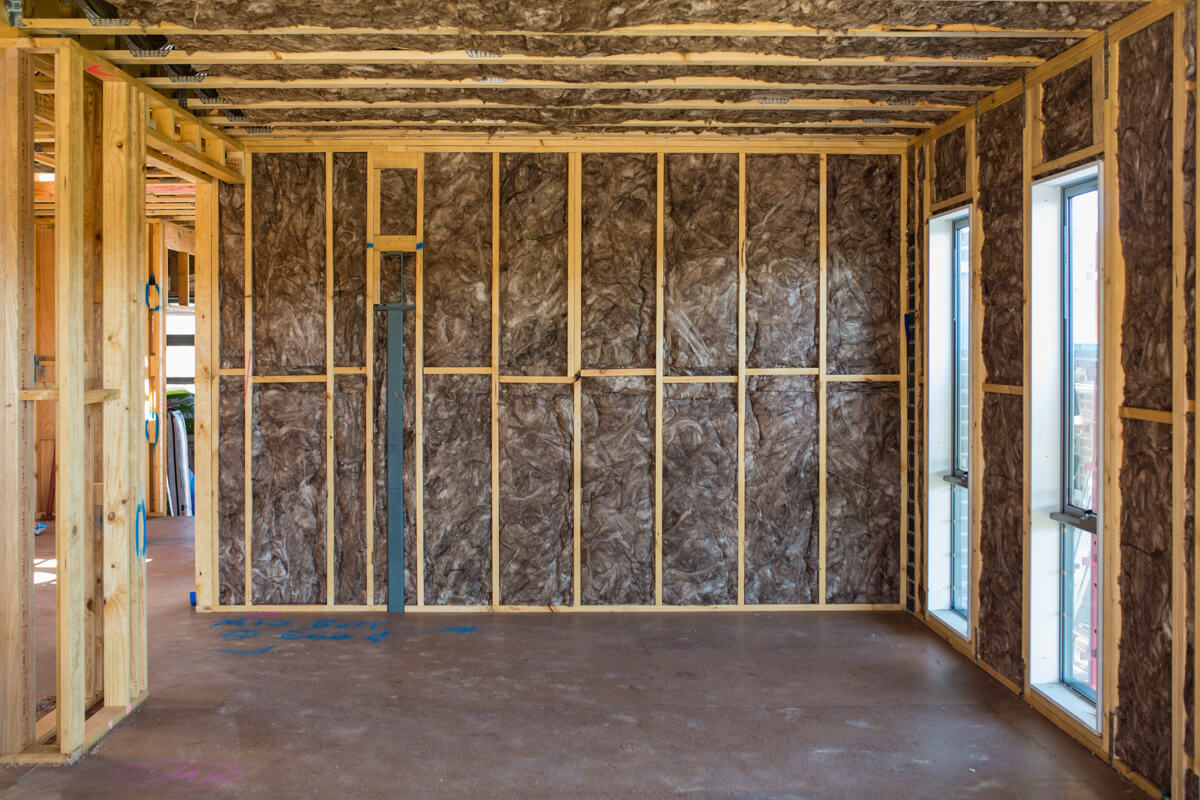
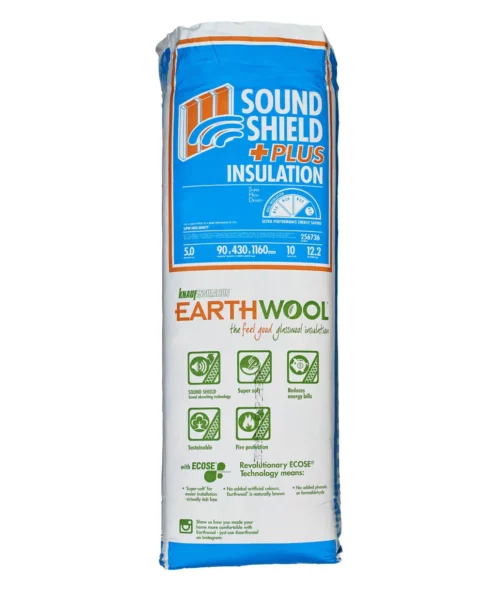
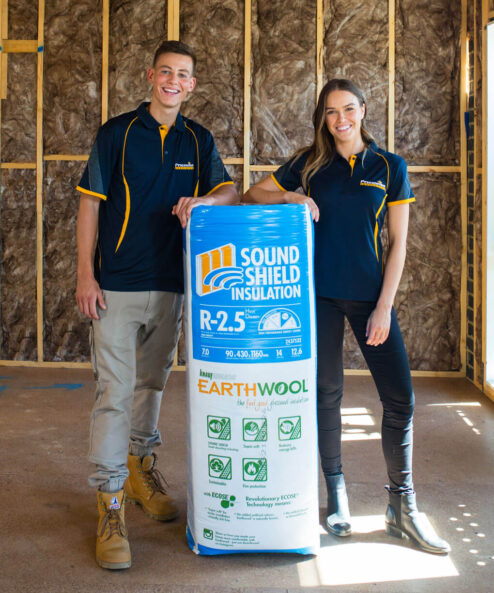
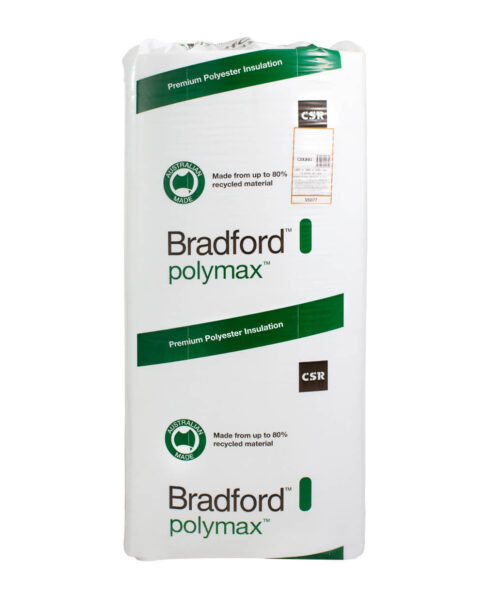
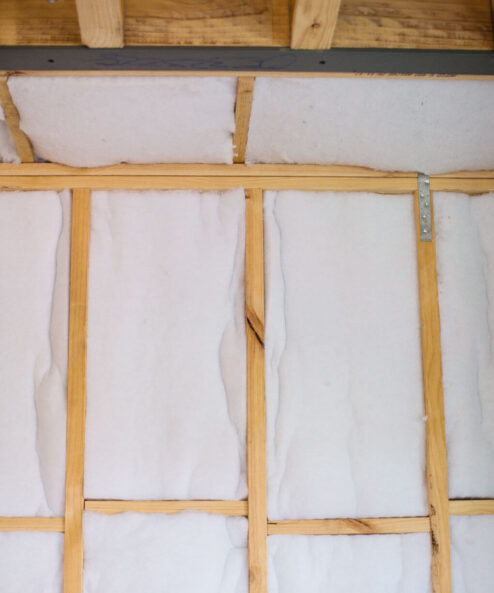
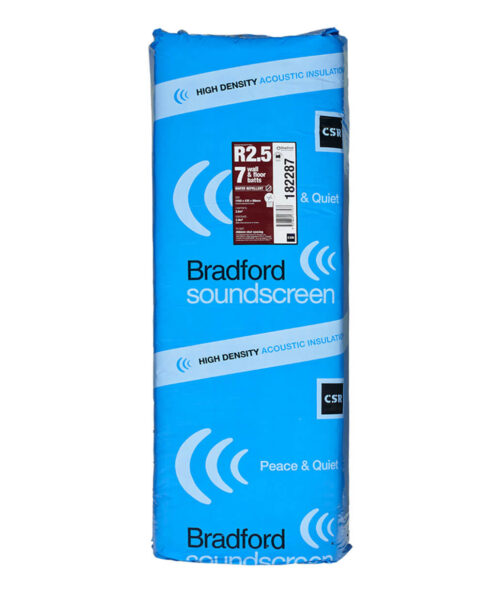
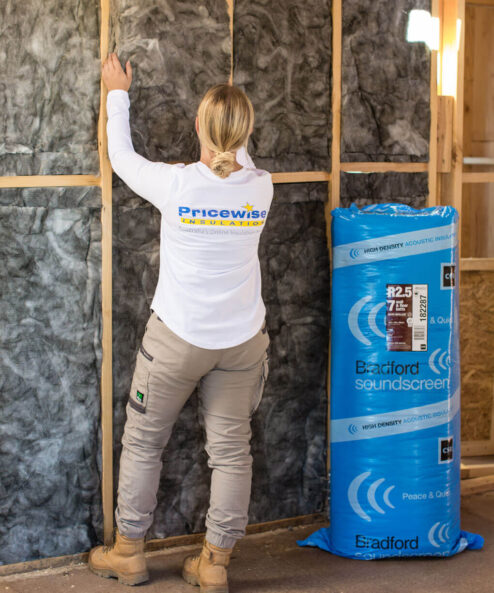
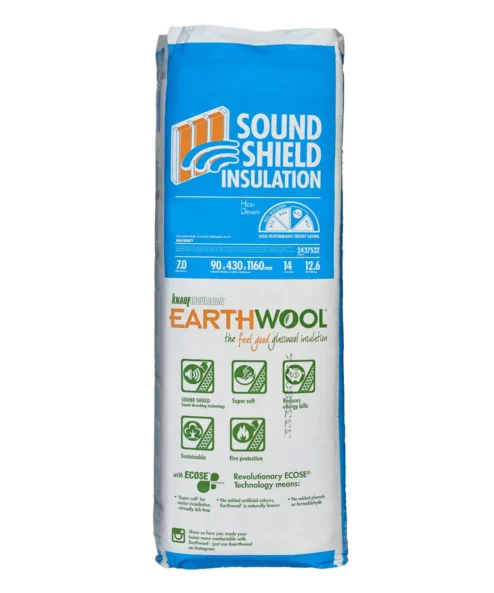
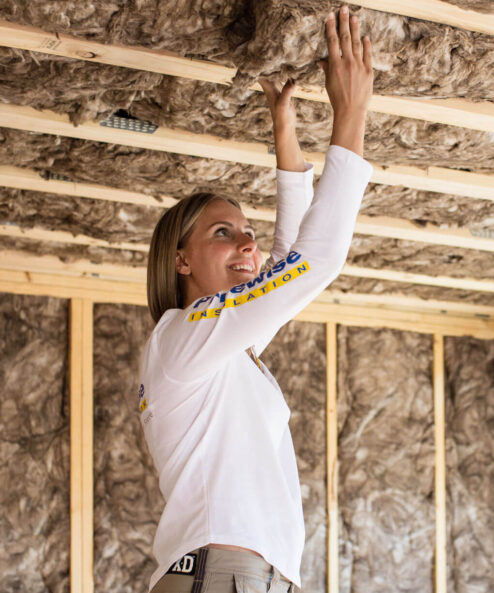
I can hear both neighbours as I have 2 adjoining walls in my bedroom. One is a shared wall with the neighbours bedroom and the other a second neighbours kitchen. This affects my ability to sleep due to late night noise. What do you suggest? I can hear voices, claning of pots opening and closing drawers etc late into the night
Hi Ann,
Thanks for your question. What you could do is remove the plaster, insulate the wall with R2.7HD Earthwool Sound Shield Insulation, then install a layer of loaded vinyl, then put resilient mounts on the studs and install a layer of acoustic plasterboard. Once this is complete, it is important to seal all the gaps around the joints. Feel free to give us a call on 1300 729 639 if you have any questions.
Cheers,
Christa